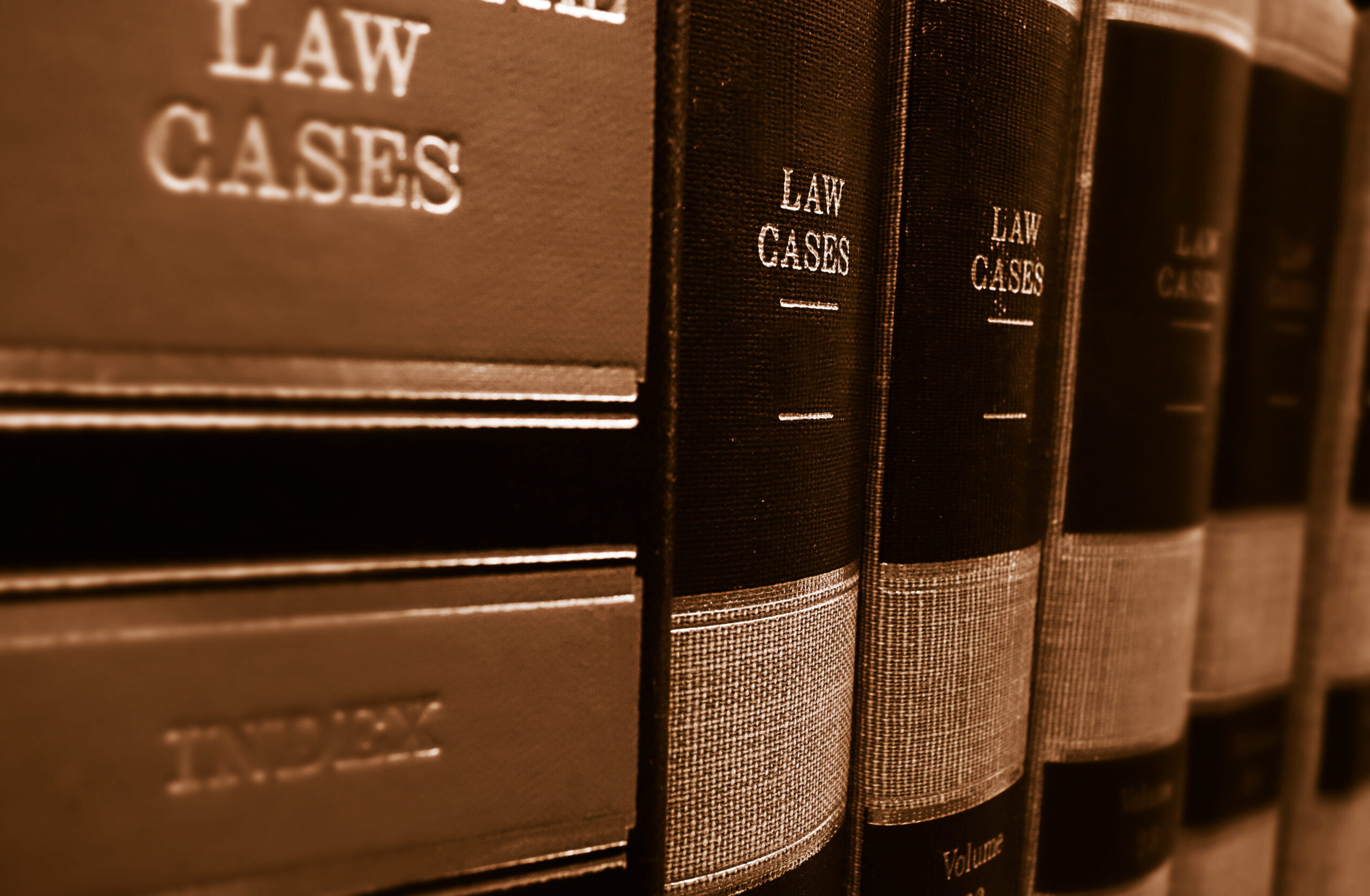Predictive Legal Analysis
Legal
Changing the Trajectory of Legal Cases from Causation to Damages

It won’t be long before the expert who doesn’t know and use Probabilistic Technology will be committing malpractice. Ten or fifteen years ago that would be excusable. The mathematics that allowed one to analyze a probabilistic problem was just evolving. Desktop computers were just becoming powerful enough to churn through the plethora of mathematical calculations. UNIPASS, PredictionProbe’s off-the-shelf, user-friendly probabilistic solver, had just recently become available. Back then, although Probabilistic Technology was no longer restricted to academia, it was still unknown and untested in much of the real world. But such is not the case today. Probabilistic Technology has become practical and easy to use. In fact, most offices today have computers with enough horsepower to solve probabilistic problems. But you ask: “What does Probabilistic Technology have to do with litigation?” The answer is, “Everything — from determining causation to calculating damages.” In the series of questions and answers which follow, we explore why.
Why should Probabilistic Technology be applied in litigation?
In the past, the models used by experts almost without fail have been deterministic. The expert assigns a single value to each independent variable and predicts a single outcome. In other words, the values assigned to the independent variables determine the outcome. But the expert who testifies that the business is worth $10 million based on revenue and expense projects, an estimated discount rate, and other variables, when pressed, will have to admit that some of the values he assigned to the variables in his model are just educated guesses, or assumptions. Other variables may behave more predictably, such as utility expenses, but still have a lot of scatter. The expert might try to use an average or, in order to be conservative, use some higher number, but in the final analysis, whatever he uses is just one possibility among a spectrum of possibilities. These guesses, the assumptions, and the estimates are soft spots in the model that the opposition will poke at. By the time, the expert leaves the witness stand, what started as an objective model may have been so pummeled by the opposition that the expert may appear to be biased or not to know what he is talking about. The credibility of his opinion is at stake. But by informed use of Probabilistic Technology, the expert doesn’t have to wince over assumptions and estimates. He will embrace all these uncertainties and boldly include them in his model. What was subjective becomes defensibly objective.
Is Probabilistic Technology recognized as a valid science?
Probabilistic Technology had its roots about 80 years ago in the civil engineering industry. It is now required in the nuclear power and off-shore drilling industries where the mistakes can be catastrophic. It was used by NASA contractors on the Space Shuttle and other highly critical programs. The Army has long recognized its use and importance – in fact, the Army is now undergoing a culture change to adopt Probabilistic Technology as a standard for performing engineering, logistics, financial and any other type of analysis. The theoretical underpinnings of Probabilistic Technology are unassailable, and can be transported to any industry.
In what types of litigation will have a use for Probabilistic Technology?
In a typical litigation case, an expert witness will often be asked to testify about what caused some injury, or what the damages are. Sometimes, he will base his opinion on a physics-based or financial model created for that purpose. The model could be as simple as an Excel spread sheet to project income and expenses to assess the value of a business, or how much an employee will lose in wages over her lifetime. At the other end of the spectrum, the model could be a complex, physics-based simulation to reconstruct an automobile or aircraft accident, or demonstrate why some structure failed. Somewhere in between are accident causation analyses that use event tree or other models based on the probability that the presence of certain events or conditions during an accident were the proximate cause of the accident. Cases where Probabilistic Technology can be used include business valuations, real estate valuations, construction defects, construction delays, lost profits, product liability cases, automobile or aircraft accidents, construction accidents, lost wages, comparative negligence, workers compensation, etc. Indeed, Probabilistic Technology can and should be used in every case where an expert has to evaluate causation or calculate damages using an analytical model, or a quantitative process, but where the input variables have scatter or are uncertain.
Even if the expert uses Probabilistic Technology, won’t he still have to make some assumptions?
Using UNIPASS, the expert can analyze the problem probabilistically, and squarely face each guess or assumption. When examined about an assumption, he can say: “Yes, there is some uncertainty in that variable, but I’ve accounted for it, and in fact, I’ve included your expert’s own opinion as to that uncertainty when I performed the analysis.” Or “Yes, but that variable has minimal effect on the outcome. It’s not important.” What makes Probabilistic Technology really powerful is that, if the opposing expert attacks your assumptions about how the uncertainty of a variable should be characterized, you can meld your assumptions with his to create a melded analysis. The jury doesn’t have to reach a black or white decision, with one expert being right and the other wrong. In the right case, the jury can be given a third option based on the melded opinions of the experts.
How do I determine what probability distributions to assign to the variables in my model?
Every variable that has scatter or uncertainty can be described by a probability distribution. If you have test or historical data on the variable, you can use PredictionProbe’s data analysis software, DistributionProbe, to determine which distribution type applies (e.g., normal, beta, uniform, etc.) and provide the parameters that characterize the distribution (e.g., mean and standard deviation for normal distributions, or the range of possible values for a uniform distribution). If you don’t have any data, then you can use your expert judgment to characterize the distribution. The great thing about Probabilistic Technology is that the analysis itself can even tell you whether your assumptions about how the distribution parameters affect the results. If they matter, you need to focus your research on that variable. If not, you move on.
What information does Probabilistic Technology provide that the older deterministic methods don’t provide?
First, of all, you don’t lose the deterministic results. In fact, your deterministic model is the backbone of Probabilistic Technology analysis. But, in addition, you get a cumulative probability distribution for the outcome. For example, you learn not just that the value of the building is $16M, but that there is say a 40 percent probability that the value is $16M more.
Now the test in civil litigation is whether it is more probable than not that something is true. Thus, the 51 percent point on the cumulative probability curve is of greatest interest. In our example, we might find that there is 51 percent probability that the value of the building is $12M or more. Thus, in this hypothetical case, a jury could rationally award damages of $12 million.
With respect to causation analysis, we can determine the probability that some factor more likely than not (51% probability) caused the action, or the probability that each defendant contributed to the cause of the damages.
Another powerful set of information provided by probabilistic analysis is the sensitivity of the outcome to each of the variables. This information tells the expert which variables are key in controlling the outcome. The key variables are where the expert must focus his attention.
Does Probabilistic Technology have other uses in litigation?
One other use immediately comes to mind. Probabilistic Technology can be used to analyze damages either at the pre-litigation stage to determine probable outcomes so the client can decide whether filing a lawsuit makes economic sense. It can also be used during a lawsuit to evaluate the value of a case – it would tell you the most likely value of a case. The usual method is to create an event tree and then assign a probability to each branch of the tree. When you reach the end of each branch, such as a successful demurrer, summary judgment motion, or verdict at trial, as plaintiff, you multiply the dollar value of the outcome minus the cost of getting to that point (i.e. attorneys’ fees and costs), by the probability of getting there. If done deterministically, you end up with a single dollar amount that is the “value of the case.” The theory is that, again from plaintiff’s perspective, if you settle for more than that number, you should do it.
The problem with this technique is that there is uncertainty throughout this process. The assignment of probabilities for each event branch is discrete, when in fact no one knows exactly what those probabilities are. A conservative lawyer might estimate low, and an optimistic lawyer might estimate high. Similar uncertainties exist on the amount of attorneys’ fees to be expended, the amount of a judgment, and, if there is an attorneys’ fees provision, what the other side’s fees will be. With probabilistic analysis, the client will see that there are risks that the actual value of the case is more or less than the deterministic value, and what those risks are. In contrast, the deterministic solution only provides one number. It doesn’t give the client any sense of how uncertain the attorney was about the probabilities and outcomes used in the deterministic method.
How can PredictionProbe help me to apply Probabilistic Technology to my case?
PredictionProbe provides training, mentoring, consulting and software in the field of probabilistic technology at any desired level. We can train experts in our 4-day basic PT training course, and license our software so those experts can independently perform probabilistic analysis. We can provide consult with the expert on actual problems or cases. We can perform probabilistic analysis using the primary expert’s model, and then provide expert testimony on the science of probabilistic technology, the results of the analysis, and the interpretation of the results. Our founders are two of the most eminent authorities on Probabilistic Technology in the United States. For those cases involving structural failure, PredictionProbe can also serve as principal experts.
Learn More
Connect with us for a demonstration on how Predictive Technology can take the stress and strain out of your most rigorous business dilemmas.
Learn More
Connect with us for a demonstration on how Predictive Technology can take the stress and strain out of your most rigorous business dilemmas.
Related Solutions
Tough Times Require Smart Decisions
In these pandemic times, businesses need to be creative and resourceful with less. Our business solutions help you do more than ever all while protecting your valuable resources. We may have the solution you have been looking for. Schedule a consultation with one of our professionals to get started.





